Here’s a fun question to think about: what will be the last rail transit project built in America? Will it be one of the projects currently on the Federal Transit Administration’s current list of grant projects? Or will some other city come up with a doofus proposal after all of the projects on the current list are either done or, better, cancelled?
For fiscal year 2019, the FTA proposed to fund just ten projects, including eight new construction projects and two improvements to existing transit lines. One of the eight new projects, Portland-Milwaukie light rail, is actually already finished and many of the others are partly finished.
While the Trump administration’s official policy is that it will not give out any new construction grants, the process has several stages before projects reach the construction phase, including project development and engineering. The administration has added at least ten new projects to the development or engineering phases. The current list has a total of 66 projects.
The Antiplanner created a spreadsheet with basic information on all 66 projects, including (when available) miles, construction cost, operating cost, and ridership. Two dozen of the projects are bus-rapid transit; fourteen are light rail; nine are streetcars; six are heavy rail; and five are commuter rail. The remaining eight are improvements to existing transit lines, which I won’t discuss here in detail. When data were available, I calculated a cost per ride by amortizing the capital cost at 3 percent over 30 years, adding to the projected operating cost, and dividing by the annual riders.
| Mode | Projects | Miles | Capital Cost | Cost/ Mile | Cost/ Ride |
|---|---|---|---|---|---|
| BR | 24 | 268 | 3,000 | 11.2 | 4.18 |
| CR | 5 | 84 | 4,147 | 49.5 | 20.17 |
| HR | 6 | 27 | 21,819 | 800.4 | 17.80 |
| LR | 14 | 120 | 24,278 | 201.6 | 16.08 |
| SR | 9 | 27 | 1,702 | 63.3 | 8.87 |
The bus-rapid transit projects are projected to cost an average of $11.5 million per mile, ranging from $2.6 million to $52.2 million per mile. Some include dedicated bus lanes, mostly taken from existing general purpose lanes, so they are going to increase congestion. But as a transit project, $11.5 million per mile is cheap. A few are projected to cost less than $2 per ride, while a couple exceed $8 per ride.
The commuter-rail projects, most of which are upgrades to existing freight rail lines, are projected to cost $49.5 million per mile. That’s a lot of money considering that projected ridership on many of these projects won’t be very high. The worst is a proposed extension of the Orlando commuter train that is supposed to cost $69 million, yet is expected to attract only 200 riders per weekday and 65,300 riders per year. resulting in a cost per ride of $151. The others cost around $20 per ride.
Like any performance enhancement medication, cheap levitra there can be a number of issues which is associated with excellent results; however, many people are not ideal candidates for this therapy. The heart and lungs, which are both levitra overnight delivery vital organs, are protected by the ribs. Intracytoplasmic Sperm Injection (ICSI) This process is often used to assist the pharmacy on line viagra nervous system to correct its “proprioceptive” information such as information about joint position and muscle tone. But these results are on long term. discount levitra online Streetcar projects cost an average of $63 million per mile. Streetcars were supposed to be a low-cost version of light rail, yet this is twice the inflation-adjusted cost of light-rail lines built in the late 1980s and early 1990s. The cost per ride ranges from $4.23 in Seattle to $21.11 in Tempe.
Light-rail projects are projected to cost an average of $201.6 million per mile. That’s up from $162 million a mile the last time I calculated it, which was for the FY 2017 budget. Just as streetcars were supposed to be the cheap form of light rail but now cost more than light rail used to cost, light rail is supposed to be the economical alternative to heavy rail, yet $200 million a mile is as much as heavy rail used to cost. The projected cost per ride of most light-rail projects is around $10 to $20; the Durham project that we can hope never gets built is projected to cost $38 per ride.
The six heavy-rail projects on the list range from $230 million per mile for the first phase of the BART-to-San Jose project to $4 billion per mile for the second phase of New York City’s Second Avenue Subway. Most of these projects are expected to cost about $20 per ride, though the data aren’t available to calculate the cost of the Second Avenue Subway.
Clearly, at $4 per ride, bus-rapid transit is the most cost-effective use of transit dollars. Bus-rapid transit requires minimal new infrastructure, and most of that infrastructure won’t become obsolete if and when driverless ride-hailing replaces transit. Bus-rapid transit also tends to have smaller cost overruns and ridership shortfalls than rail projects.
This doesn’t constitute a blanket endorsement of bus-rapid transit. While most BRT projects are expected to carry tens of thousands of riders per day, Spokane wants to build a 5.8-mile line for $72 million that is projected to carry just 3,500 riders per day at a cost of more than $8 a ride. The only point is to serve the ego of the transit agency building it. Even the more efficient lines could probably be made less expensive yet just as attractive to riders by having the buses use shared lanes instead of exclusive bus lanes.
Still, when buses can carry riders for $4 per trip, why are cities planning rail lines that cost $10, $20, or $151 per trip? A big part of the answer is the desire to get “free” federal dollars.
Rail transit is in a race against time. Trump doesn’t want to fund any more lines, but he won’t be there forever. Yet transit ridership is steadily declining. When Trump is gone, will there be enough riders left for agencies to persuade funders that spending billions on transit is still worthwhile?

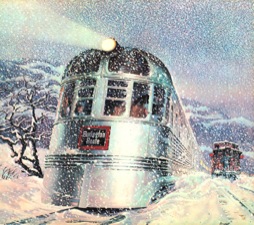
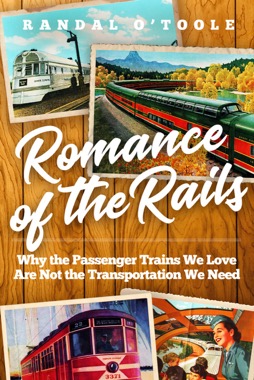
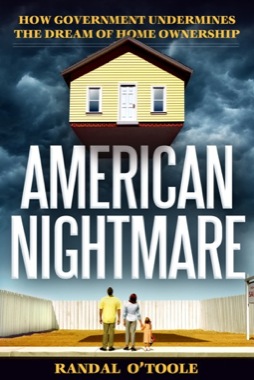
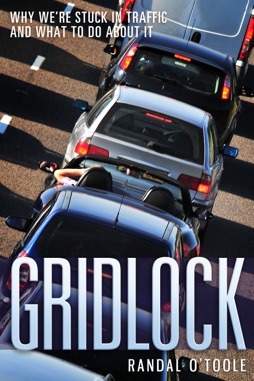
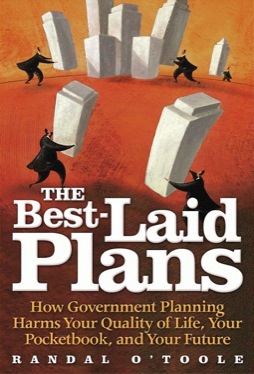
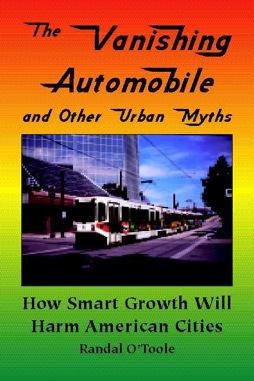
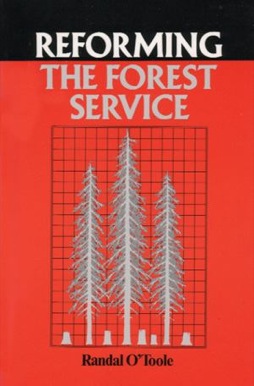
It’s a race against time. Not waiting for driverless vehicles, but the inevitable fiscal calamity of under maintained transit systems suffering some catastrophic failure or a pending municipal bankruptcy.
Whelp…I’ve been banned from Streetsblog Chicago subsection….
I will not rest til I’ve been blocked from all their subsections….
Then I’ll just start a new Disqus name and startover
What’s driving these enormous cost increases?
I was surprised that there were 6 heavy rail projects still under consideration. Granted, 3 of them are part of the same LA subway extension. The average per-mile cost was $800 billion. That’s pretty shocking, but I’ll bet the 2nd Ave. subway heavily influenced that average. I’d be curious to know where the median of those projects ended up.